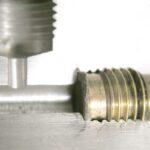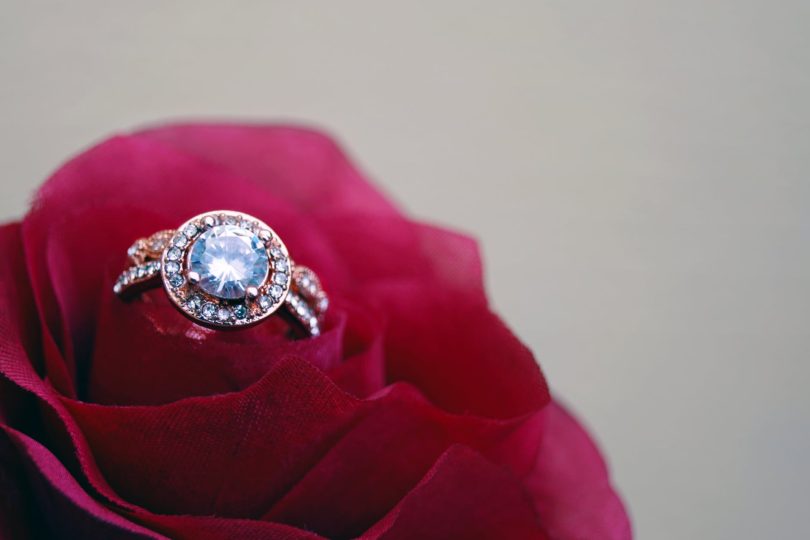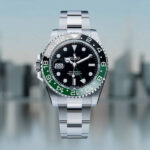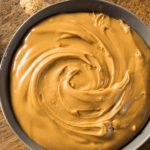Buying a diamond is a big deal. Not only because of how costly they are, but because of the reason behind buying one. Typically bought for an engagement or wedding ring, there’s a lot of meaning behind the purchase, so understandably you want to make sure that you pick the perfect gem.
So, before you make your purchase it’s important to do your research into what type of diamond is best. In doing so, you’ll also be ensuring that you don’t get ripped off and you get the highest quality for your money.
From the shape to the type of setting, there’s a lot to wrap your head around. But, first and foremost you should endeavour to understand the 4 C’s of diamonds. These include the clarity, colour, cut and carat; clarity is the absence of imperfections, colour is the absence of colour, carat is the weight and size of the gem, and the cut refers to the brilliance of the diamond. Each of these has an important role to play in valuing a diamond, but just how important each one is can vary.
In this instance, we’re going to examine how important diamond clarity is when purchasing a diamond.
When it comes to diamond clarity the gems are divided up into segments. These segments include VVS, including VVS1 and VVS2, VS1 and VS2 and so on. These stand for ‘very very small inclusions’ and ‘very small inclusions’. There are other categories determining gems of a lower clarity, however, we’re focusing on VVS and VS. For a more in-depth explanation be sure to take a look at this guide to VVS diamonds: https://yourdiamondguru.com/a-guide-to-vvs-diamonds/
VVS diamonds are incredibly rare, however to the naked eye the difference between these and VS diamonds are not noticeable in any way other than the hefty price difference. So, don’t be fooled by the price, you can purchase a diamond for a much smaller price that will look the same as the higher-priced one – differences can only be seen under a microscope.
Unfortunately, this means that there is no simple answer here regarding its importance. For instance, certain shaped diamonds hide imperfections better than others, so if you were to shop for one of these diamonds then it might be better to prioritise colour over clarity.
If you’re looking for a shape that will hide inclusions well, then round diamonds might be for you. Another shape that is worth exploring is the princess-cut; however, it’s good to be aware that the inclusions hidden in the corners can make the diamond susceptible to chipping. Yet another shape that hides inclusions well is the radiant-cut — a large number of facets and angles allow for imperfections to slip under the radar. Finally, oval diamonds do well at obscuring imperfections.
Alternatively, if you’re looking to buy an emerald, cushion, pear or Asscher diamond then you’ll have to look for a high clarity grade. These shapes are more likely to show inclusions and imperfections.
 Empowering Healthcare Professionals: How WT Farley Oxygen Regulators Enhance Patient Care
Empowering Healthcare Professionals: How WT Farley Oxygen Regulators Enhance Patient Care  Elevate Your Collection: Unveiling the Beauty of Custom Wine Cellars in Ottawa
Elevate Your Collection: Unveiling the Beauty of Custom Wine Cellars in Ottawa  Enhancing Your Online Presence with Real Estate SEO Services
Enhancing Your Online Presence with Real Estate SEO Services  The Epitome of Luxury: Elevating Spaces with Imperial High-End Kitchen Cabinets
The Epitome of Luxury: Elevating Spaces with Imperial High-End Kitchen Cabinets  Pokémon go accounts- Exploring the reasons behind player demand
Pokémon go accounts- Exploring the reasons behind player demand  Pokemon go shortcut to greatness – Buy now
Pokemon go shortcut to greatness – Buy now  Online slot games for classic fruit machine lovers
Online slot games for classic fruit machine lovers  Ensuring Security In Online Fund Transfers: Understanding Fraud Prevention And Risk Mitigation
Ensuring Security In Online Fund Transfers: Understanding Fraud Prevention And Risk Mitigation  Celebrate Culture, Flaunt Ethnic
Celebrate Culture, Flaunt Ethnic 




